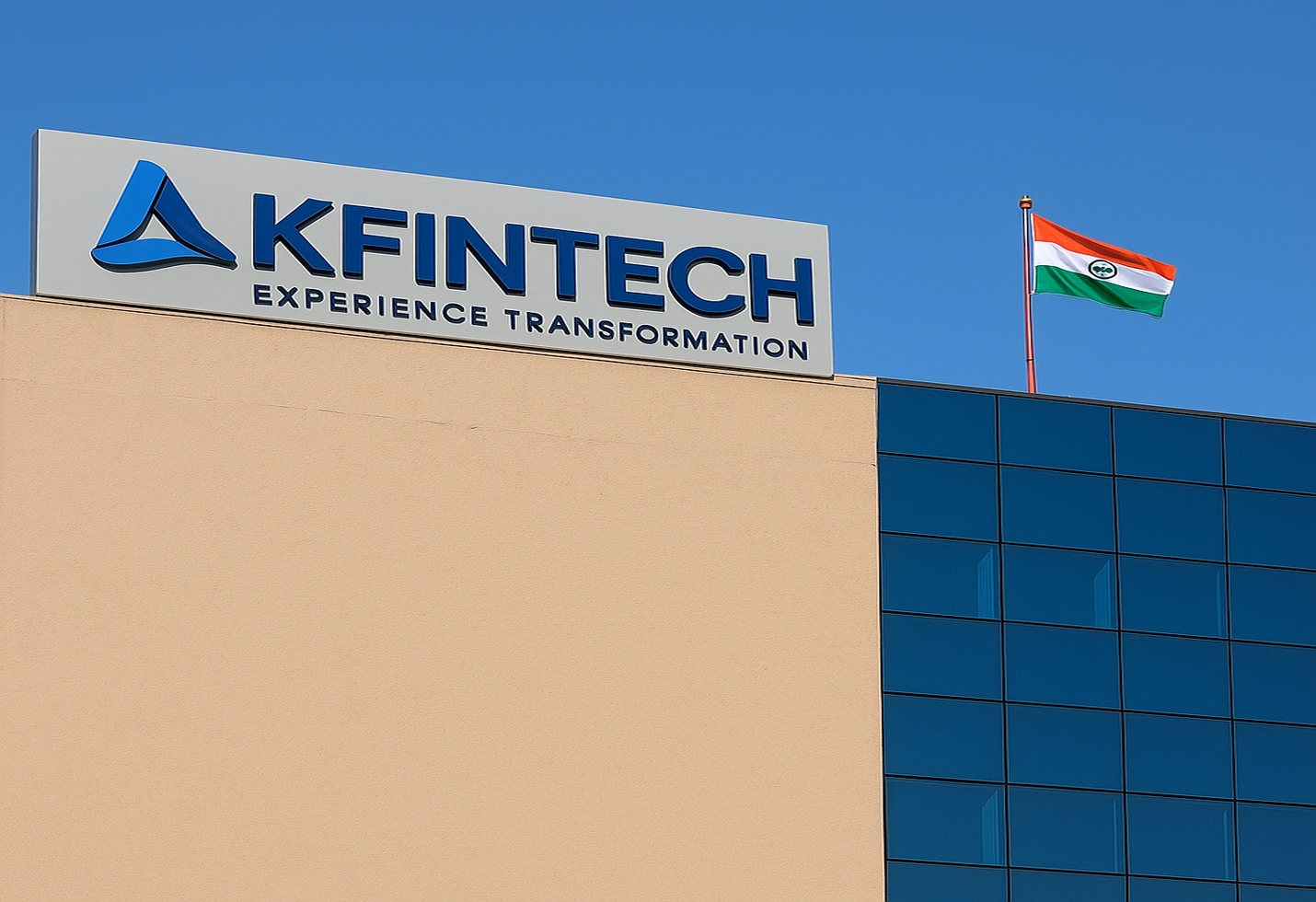Investor Wealth Jumps ₹26.48 Lakh Crore as Markets Hit Historic Weekly High
A record-breaking rally in Indian equities sees Sensex and Nifty surge over 3%, with midcap and small cap indices outperforming and investor wealth swelling by an unprecedented Rs 26.48 lakh crore in just one week.
A Week to Remember: Record Gains for Investors
The week ending May 16, 2025, will remain unforgettable for Indian investors. The BSE Sensex jumped 2,876 points (3.62%) to close at 82,330.59, while the NSE Nifty rose 1,012 points (4.21%), surpassing the 25,000 mark to settle at 25,019.80—marking their best weekly performance in a month.
The total market capitalization of BSE-listed companies soared to Rs 443.66 lakh crore, reflecting a staggering Rs 26.48 lakh crore increase in investor wealth.
Broader markets were the real stars. The BSE Midcap index rose 6.87%, achieving its best weekly growth in two months, while the BSE Smallcap index jumped 9.21%, marking its largest weekly increase in five years.
Both indices logged gains in all five trading sessions, highlighting the broad-based nature of the rally.
Key Drivers Behind the Rally
1. Easing Geopolitical Tensions
A major catalyst for the rally was the ceasefire announcement between India and Pakistan, which significantly improved investor sentiment and reduced risk aversion. The relief over border tensions prompted a surge in buying across sectors.
2. Trade Optimism and Global Cues
Progress in trade negotiations, especially between the US and China, and positive signals from the US-India trade front further lifted market mood. Comments from US President Donald Trump about eliminating tariffs on US goods in India fueled optimism about enhanced bilateral trade.
3. Robust Institutional Inflows
Both foreign portfolio investors (FPIs) and domestic institutional investors (DIIs) remained net buyers during the week, injecting ₹13,284 crore and ₹9,557 crore respectively. On Friday alone, FPIs pumped in $1 billion (₹8,831 crore), while DIIs contributed ₹5,187 crore, highlighting strong confidence in India’s growth prospects.
4. Positive Macroeconomic Environment
India’s consumer inflation rate dropped to 3.2% in April 2025, primarily driven by a decline in food prices.
Anticipation of additional RBI rate reductions, sustained low crude oil prices, and predictions of a favorable monsoon contributed to optimistic market sentiment. The Indian rupee closed the week slightly stronger against the US dollar, signaling steady conditions in the forex market.
Sectoral and Stock Performance
All major sectoral indices finished the week in positive territory, with several posting gains of over 5%.
Defense stocks led the rally, soaring 17% as investors responded to the government’s focus on indigenization and advanced military capabilities. The realty and capital markets sectors also outperformed, rising 10.85% and 11.5% respectively.
Top-performing stocks included Bharat Electronics, Bajaj Auto, Adani Enterprises, Tata Consumer, and Eternal.
On the other hand, Bharti Airtel, JSW Steel, Infosys, SBI, and HCL Technologies underperformed. The market breadth was strong, with more than 2,500 stocks advancing on the BSE during a single trading session.
Broader Markets Steal the Show
While the Sensex and Nifty made headlines, the real action was in the midcap and smallcap segments. The Nifty Midcap 100 and Nifty Smallcap 100 indices surged 7.2% and 9.1%, respectively, outperforming the benchmarks by a wide margin. This reflects growing investor appetite for emerging companies and sectors poised to benefit from structural reforms and economic recovery.
Outlook: Can the Momentum Sustain?
The historic rally has raised questions about sustainability. While the market has priced in a slew of positives-geopolitical relief, trade optimism, strong inflows, and macro stability-analysts caution that profit booking and global uncertainties could trigger volatility. However, with aggregate Nifty-50 earnings growth at 7.5% year-on-year in Q4FY25 and expectations of further rate cuts, the medium-term outlook remains constructive2.
Conclusion
The ₹26.48 lakh crore surge in investor wealth over just one week represents a landmark achievement for the Indian stock market.
Driven by a confluence of positive domestic and global factors, the rally has broadened participation across sectors and market caps. As India continues to attract global capital and deliver on growth, investors will be watching for policy cues, earnings momentum, and global developments to guide the next phase of the market’s journey.
The image added is for representation purposes only










